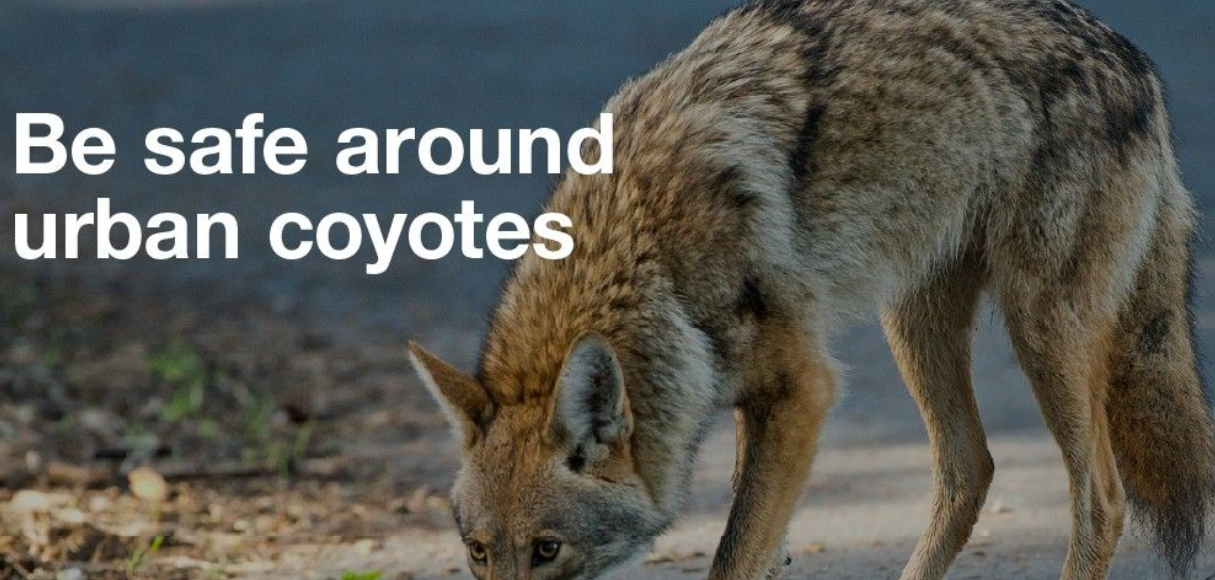The government of Alberta warns people of the potential of coming in contact with a coyote, as the cities are growing bigger.
The government took to Twitter to say when interacting with a coyote, people should not turn their backs or runaway, instead, they should back away little by little.
Rather, they should make themselves seem large and aggressive and shout and wave their arms, sticks, or any other object they might have.
Coyotes are very intelligent, curious, and adaptable.
As our cities grow, so does the potential for interactions with coyotes. If you see one:
❌Don’t turn or run away
✔️Make yourself seem large & aggressive
✔️Shout and wave your arms, sticks or other objects
✔️Back away slowly and move towards safety https://t.co/dYeQk1GmLH pic.twitter.com/i0kKMwyqp2— Alberta Government (@YourAlberta) September 29, 2022
They normally weigh between nine and 14 kilograms and might look like a cross between a fox, a small collie, or German shepherd.
Also, they have big ears, narrow noses, and bushy tails.
While they feed on rabbits, mice, and squirrels, they provide a valuable pest-control service to their human neighbours.
‘Coyote populations have increased in urban areas’
“Coyote populations have increased in urban areas” as a result of building near rivers and natural resources which offer resources for their survival.
They have similar diets to humans and they try to access food at night when their chances of meeting with people are less likely.
Some coyotes might be carrying infections and have less energy to search for food, so they try finding human food in urban areas.
Removing Coyotes from cities not effective
Previous efforts to remove coyotes from other cities in North America have failed and “conventional lethal control measures” pose risks to humans if used at near proximities.
Also, removing groups of coyotes from one spot, gives room for another group to take over.
And since these measures are not effective, the only way to keep coyotes at bay, is to make their encounters with humans unpleasant by showing aggressive behaviour towards them.
How to keep them at bay?
Make sure you don’t feed them whether intentionally or unintentionally by keeping tree branches higher than their reach, removing garbage that might contain food leftovers, and not feeding them.
People should also talk to their neighbours and share the same preventative measures.
Coyote behaviour
They may gather in groups looking for mates in January and February and they might try to attack dogs during this time of the year, so people have to make sure their dogs are always leashed.
However, they travel in groups looking for food in the summer and the fall.
Between dusk and dawn, they are the most active, but they adapt their daily routines when it comes to finding food resources at specific times.







